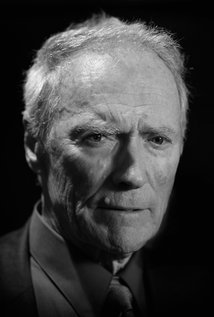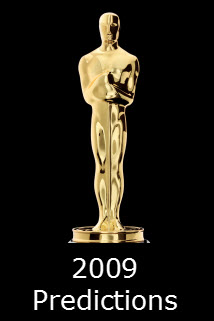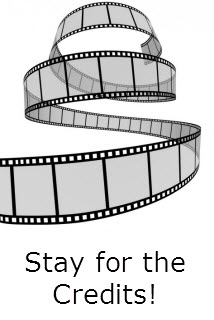Making Waves: The Art of Cinematic Sound (2019)


Content by Tony Macklin. Originally published on December 4, 2019 @ tonymacklin.net.
After viewing the eloquent, enlightening documentary Making Waves: The Art of Cinematic Sound, you'll probably never hear a movie the same again.
It's both a primer for the uninitiated and an aural feast for aficionados of sound in film.
Focusing on the development and the history of sound in movies, Making Waves awakens the sense that often stops with dialogue and music. It's a terrific revelation.
Waking Waves was nine years in the making. It is directed by Midge Costin - a veteran movie sound designer now a professor at USC, and written by Bobette Buster. They know what they're doing.
Making Waves recognizes the crucial contributions under the surface. It has fascinating comments by more than three dozen sound practitioners: e.g., Ben Burtt, Gary Rydstrom, Anna Behlmer, Bobbi Banks, et al.
The film includes meaningful commentary from the directors who were driven to create new ways and means of employing sound: e.g., George Lucas, David Lynch, Francis Coppola, Sofia Coppola, et al. It's a bevy of perceptive, committed explorers in the cosmos of cinematic sound.
Making Waves emphasizes how much sound helps emotion. George Lucas says, "The point is to create an emotion." Anna Behlmer, who did sound work on Braveheart (1995), discusses rerecording mixing, "When you feel those goosebumps, then you've got it right." Bobbi Banks, sound editor on Selma (2014), says, "You want the audience to feel the pain. It was so important for me to work on the film."
How some effects were achieved by sound is surprising. Cece Hall says the sound of the jets in Top Gun (1986) was not effective. Then they added exotic animal roars, "Lions, tigers, and monkey screechs." which gave the sound of the jets "a cutting, sharp feeling." Ah, those monkeys.
Ben Burtt says he and Richard Anderson got the sound of a Wookie in Star Wars (1977) from a bear cub named Pooh who loved bread and made evocative sounds.
There is a story about Jack Foley, who supposedly improved the sound of marching armies in Spartacus (1960) by going to his car and bringing back his keys to improve the clanking of armor. [I've heard he did that with the slaves chains.] Whatever his influence, Foley changed the industry. Foley's sound design techniques are a staple. Today you may see "foley" artists listed in the credits.
Making Waves cites other innovators who brought about significant changes in the manipulation of sound. Walter Murch and Ben Burtt credit Murray Spivak for his creation of the iconic roar of the ape and prehistoric monster in King Kong (1933).
Star Wars obviously was another classic use of sound in new ways.
Barbra Streisand tells how after all the budget for A Star is Born (1976), she invested a million dollars of her own money to employ stereophonic systems for the film. It took four months instead of the usual seven weeks. Warner Bros. gave her the money when the picture turned out to be a success.
Walter Murch, who was a major force in the sound revolution, is the film's spokesman for his peers. And his work is often referenced. "Murch - now a ground standard as you mix film."
Gary Rydstrom talks about Murch's work on Apocalypse Now (1979). Rydstrom declares, "And there was no more experimental or chaotic film in all of history that so changed the way film sound was done and presented as Apocalypse Now." The 6-track surround format was inspiring.
Apocalypse Now captured the power, excitement, and possibility of the medium.
So does Midge Costin in Making Waves.
The day after I saw Making Waves, I viewed Dances with Wolves (1990). I always loved John Barry's score and theme. The film won seven Academy Awards, one for score and one for sound. This time I heard the sound.














